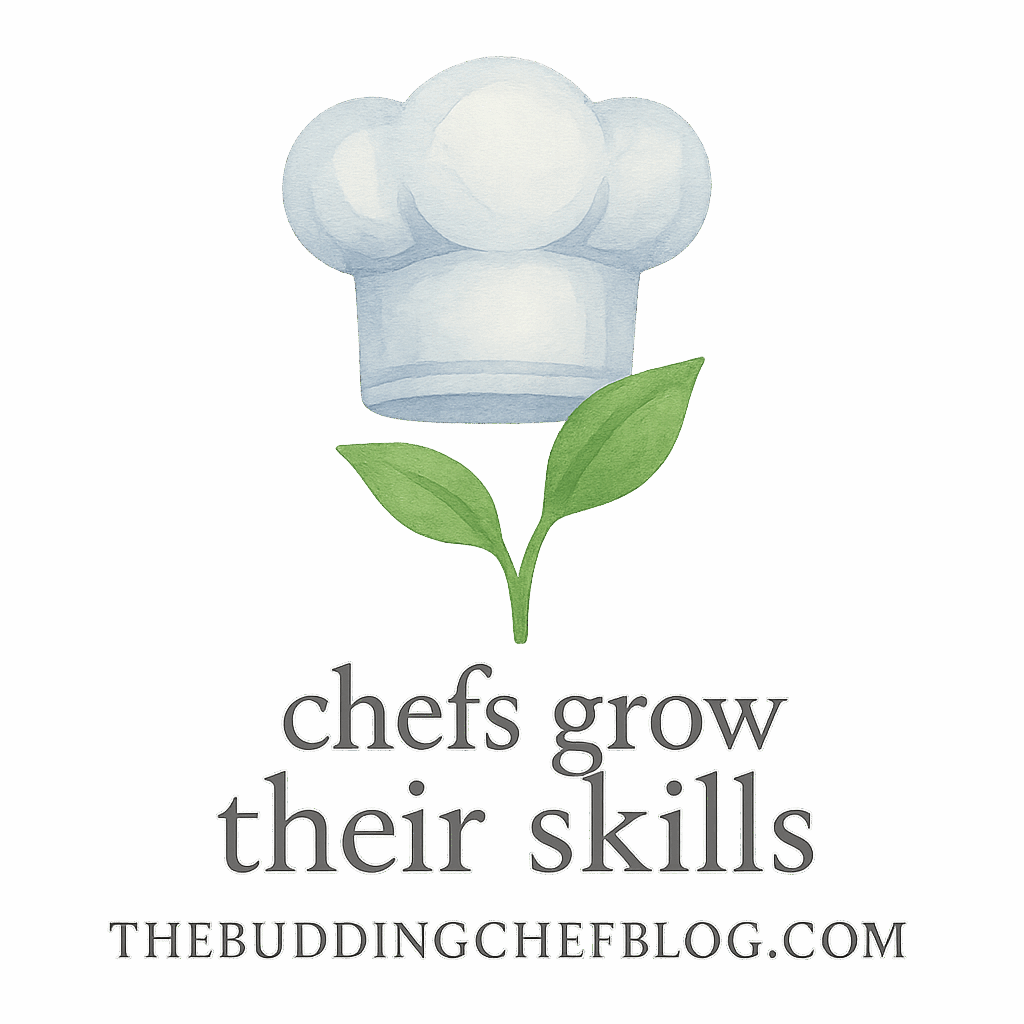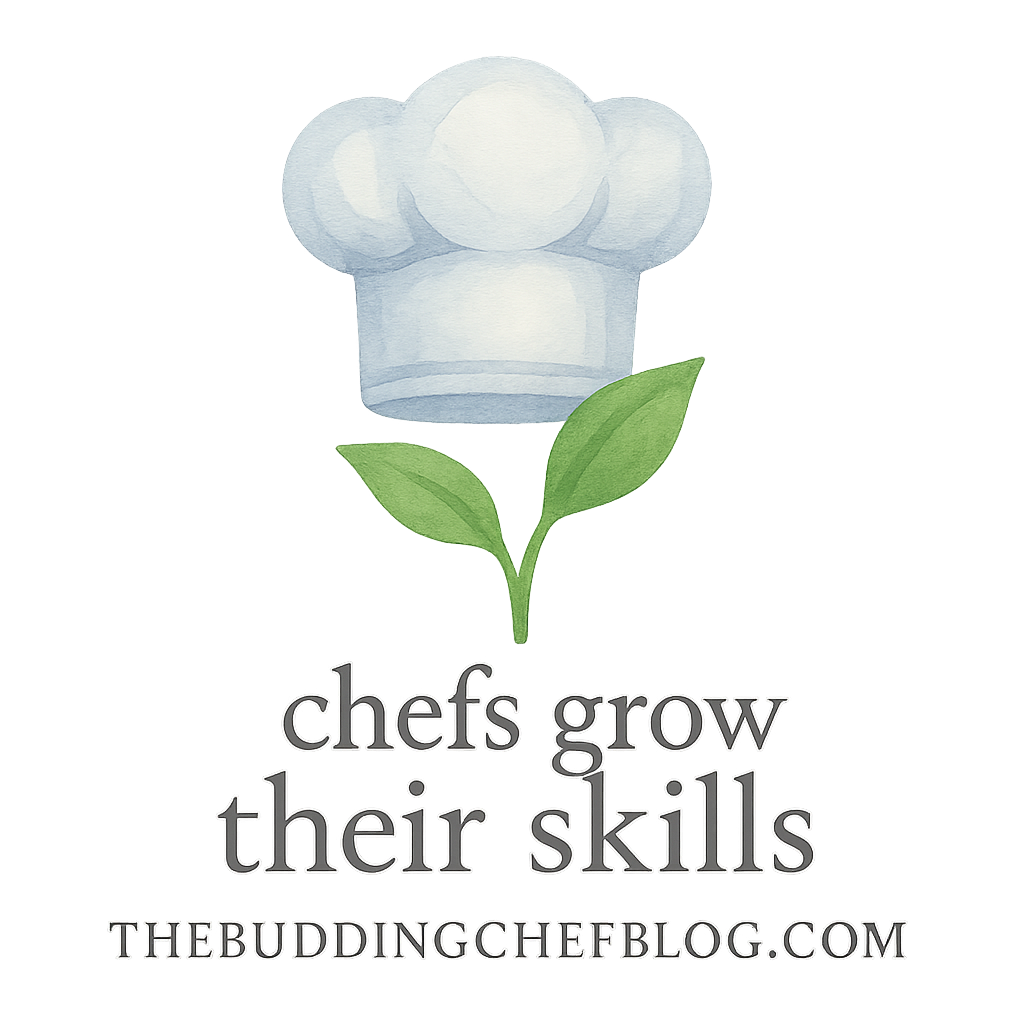Learning to cook isn’t just about tossing ingredients into a pan. It’s a language of its own. And just like any language, it starts with vocabulary. For beginner chefs, knowing a few key cooking terms can instantly boost your confidence and help you cook like a pro — or at least feel like one.
Whether you’re making your first homemade pasta or just trying to avoid burning dinner, understanding these seven essential cooking terms will save you time, stress, and quite possibly your dinner. Let’s dive into the kitchen lingo every rookie needs to know.
Why Cooking Terms Matter for Beginners
If you’ve ever looked at a recipe and thought, “What on earth does sauté mean?”, you’re not alone. A lot of culinary confusion stems from not knowing the basics. Understanding the terminology not only makes recipes clearer, but also helps you develop real cooking skills.
Avoiding Common Kitchen Confusion
Recipes use terms assuming you already know them. If you don’t, you might end up boiling your sauce when it should’ve been simmering. Learning the lingo gives you the confidence every new chef needs.
1. Mise en Place
This French phrase means “everything in its place,” and it’s the ultimate chef habit.
The Art of Preparation
Before you start cooking, chop your veggies, measure your spices, and get your tools ready. This is basic cooking technique 101.
How Mise en Place Saves Time
Nothing kills the vibe like frantically searching for garlic while your onions burn. Stay cool — mise en place makes your workflow smooth and enjoyable.
2. Sauté
It sounds fancy, but it’s really just a fast way to add big flavor.
Quick Cooking with Big Flavor
To sauté means to cook food quickly in a small amount of oil or fat over high heat. Think stir-frying, but often with less oil.
Tips for Perfect Sautéing
Use a wide pan, keep your ingredients moving, and don’t overcrowd the pan. Oh, and preheat your pan — that’s essential. Check out these kitchen tools to make sautéing a breeze.
3. Simmer
This one’s the quieter cousin of boiling, and it’s crucial for cooking with care.
Not Quite a Boil
Simmering means maintaining a gentle heat where small bubbles form and break slowly. Perfect for soups, stews, and sauces.
Simmering in Everyday Cooking
It’s a beginner-friendly technique that can bring depth to your meals. Want to up your soup game? Simmer, don’t boil.

4. Deglaze
Ever see brown bits stuck to a pan? That’s flavor gold.
Unlocking Hidden Flavor
Deglazing is when you add liquid (like wine, broth, or even water) to a hot pan to loosen and dissolve those browned bits — known as fond.
Best Liquids to Use
Wine adds richness, broth brings depth, and water keeps it neutral. Use what complements your dish best. Learn more in our ingredient knowledge section.
5. Al Dente
When cooking pasta, this term pops up a lot. But what does it mean?
Pasta’s Perfect Texture
Al dente means “to the tooth” in Italian. It refers to pasta that’s cooked until it’s firm when bitten — not mushy.
Don’t Overcook It!
Al dente is key to pasta perfection. Overcooked pasta is a soggy letdown. Practice makes perfect here.
6. Julienne
Time to slice like a chef!
Fancy Name, Simple Technique
Julienne means cutting vegetables into thin matchstick-sized strips. It’s not just about looks — it also helps things cook evenly.
Practice Makes Precision
Grab a sharp knife and go slow. If your cuts aren’t perfect, that’s okay. Improvement comes with consistent practice.
7. Roux
Ready to make creamy sauces and rich gravies? This is your magic base.
The Foundation of Sauces
A roux is a cooked mixture of flour and fat, usually butter. It thickens sauces like béchamel or gravy.
Ratios Matter
A classic roux is 1 part fat to 1 part flour. Cook longer for darker flavor. Learn more with our essential chef techniques.
How Mastering These Terms Elevates Beginner Chefs
Once you know these seven terms, recipes will stop feeling like cryptic puzzles and start making sense. You’ll also spot these terms across our tags like cooking, tips, and improvementchefs.
From Rookie to Rockstar in the Kitchen
Understanding these basics gives you confidence, clarity, and a massive head start. And let’s be honest — it’s kind of fun speaking the language of chefs!
Cooking Mistakes Beginners Make with These Terms
It’s easy to misinterpret cooking terms when you’re new.
And How to Fix Them
- Boiling instead of simmering? Watch the bubbles.
- Burning food while sautéing? Don’t crowd the pan.
- Soggy pasta? Set a timer and taste early.
Visit our mistakes tag for more common errors and how to avoid them.
Final Thoughts: Your Journey Has Just Begun
Cooking isn’t about perfection — it’s about learning, trying, and sometimes failing. But once you’ve got these seven terms under your belt, you’ve already unlocked the kitchen’s secret code. From there, it’s all about building on your skills, learning from your mistakes, and practicing like a pro.
Want to go deeper? Explore more topics on The Budding Chef Blog — especially our articles on budget-friendly meals, essential cookware, and meal planning.
FAQs
1. What is the most important cooking term for beginners to learn?
Mise en place — getting organized before you cook can save your dish and your sanity.
2. Can I sauté without a non-stick pan?
Yes! Stainless steel or cast iron works great. Just preheat and use enough oil.
3. How do I know if I’m simmering or boiling?
Boiling has rapid, rolling bubbles. Simmering has small, gentle bubbles.
4. How can I stop overcooking pasta?
Use a timer and taste a minute before it’s done. Go for that firm “al dente” texture.
5. What’s a good beginner recipe to practice roux?
Try making a cheese sauce for mac and cheese or a simple gravy for mashed potatoes.
6. Is julienne cutting necessary for taste?
Not for taste, but it helps veggies cook evenly and gives your dishes a professional look.
7. Where can I learn more about basic kitchen terms and techniques?
Right here! Visit Basic Cooking Techniques or explore the beginner tag for curated content.


